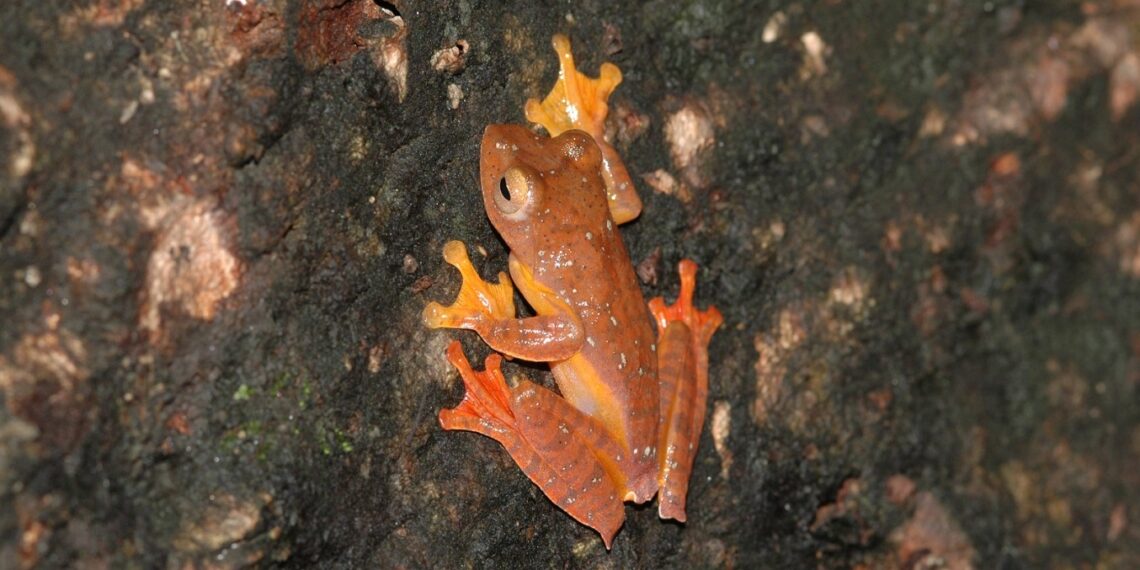GUWAHATI: The Northeastern, including Sikkim, is home to a significant portion of India’s amphibian diversity, with a total of 147 out of 426 known species in the country. This data was uncovered during the Global Amphibian Assessment 2022, a comprehensive study conducted worldwide.
The assessment, however, revealed alarming findings for the region, indicating that 23 amphibian species are threatened with extinction. Among these, seven are classified as “critically endangered”, and ten are listed as “endangered”. Additionally, a significant portion, 27% of the species (40), lacks sufficient information to assess their conservation status, highlighting the need for further research on this understudied group of animals.
Dr M Firoz Ahmed, a prominent scientist and wildlife biologist from Aaranyak, a biodiversity conservation organisation, while highlighting the rich amphibian diversity in Northeastern shed light on the critical importance of conserving amphibian species in the region.
Dr Ahmed stated that the species in the Northeast faces various challenges, including habitat destruction, disease, and climate change. The author of a new study in Nature, also stressed that climate change has emerged as a primary threat to amphibians globally, with nearly 39% of species threatened by this phenomenon.

Amphibians, known for their sensitivity to environmental changes, are becoming “climate captives” as they grapple with the increasing frequency and intensity of extreme weather events, such as heatwaves, wildfires, droughts, and hurricanes.
Dr Jennifer Luedtke Swandby, one of the lead authors of the Global Amphibian Assessment 2022, stressed the urgent need to protect and restore forests, not only for biodiversity but also as a crucial step in addressing climate change.
While habitat destruction remains the most common threat to amphibians, affecting 93% of all threatened species, climate change exacerbates this challenge by disrupting ecosystems and habitats.
Disease, especially the chytrid fungus, and overexploitation also continue to contribute to amphibian population declines, and climate change further complicates efforts to combat these threats.
Salamanders, a prominent amphibian group, are particularly at risk, with three out of every five species facing threats primarily due to habitat destruction and climate change, the study highlighted. Concerns also arise about the potential introduction of the deadly salamander fungus, Batrachochytrium salamandrivorans (Bsal), to North America.
The findings of this study are set to speed up global conservation efforts and policies aimed at reversing the decline of amphibian populations. Amphibians play vital roles in various ecological processes, including medicine, pest control, environmental monitoring, and carbon storage, underscoring the critical importance of preserving these species for the health and balance of our planet.















